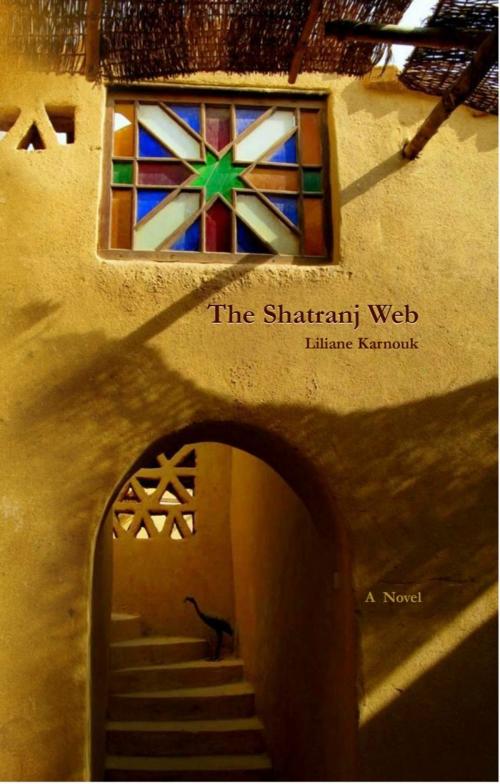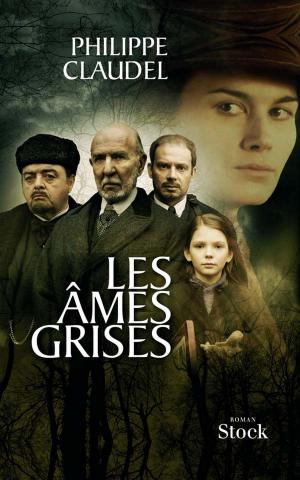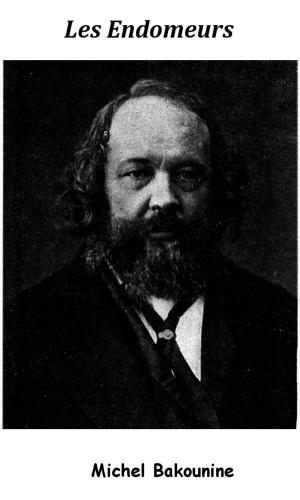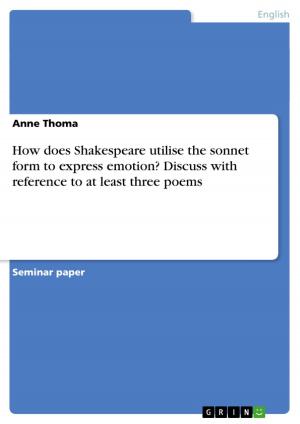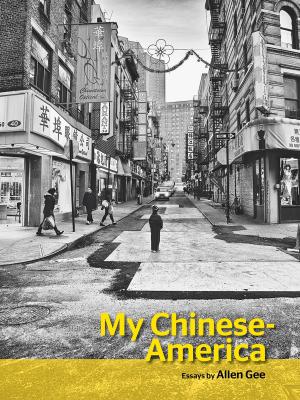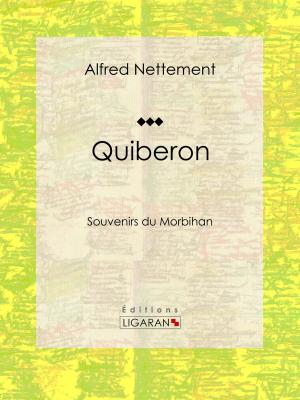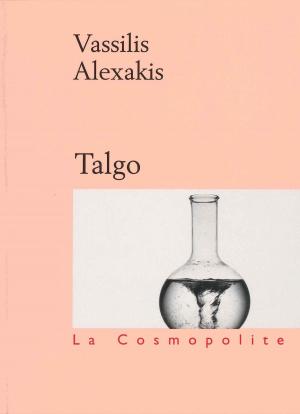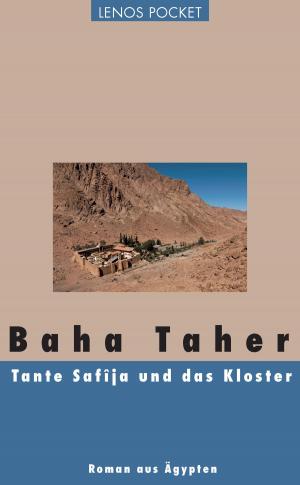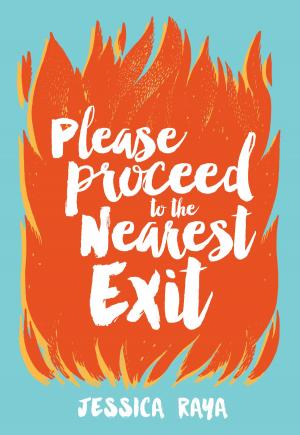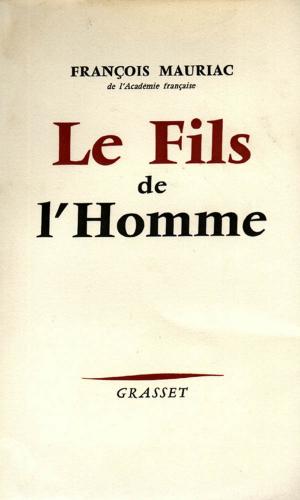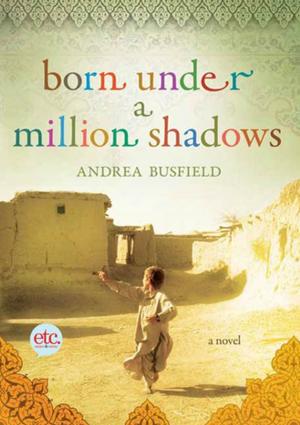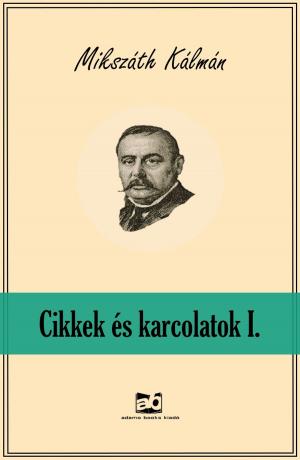| Author: | Liliane Karnouk | ISBN: | 9780988000254 |
| Publisher: | Liliane Karnouk | Publication: | July 7, 2013 |
| Imprint: | Language: | English |
| Author: | Liliane Karnouk |
| ISBN: | 9780988000254 |
| Publisher: | Liliane Karnouk |
| Publication: | July 7, 2013 |
| Imprint: | |
| Language: | English |
The Shatranj Web
Egypt is a place where the present tends to run in crosscurrents with the great river of its long past. The protagonists experience the turbulence as they stand across widely spread points intersecting in Canada, Egypt and the Sudan. But the contrast is not only geographic. It comes with extreme differences in cultural values.
Through their distinctive personalities and interactions, the reader gets a glimpse into the conflicting state of mind of bi-national citizens, feel the intensity of multifaith relationships and the strong ties bonding together the distinctive social classes in Egyptian society.
The story is set in and around the home of Dr. DOREYA ABBOUD and her daughter Rasha. They belong to the educated Coptic minority, and like many from the upper class, carry the burden of a combined guilt and frustration derived from their impotence to stop the deterioration of their country at the eve of the 2011 Egyptian uprisings. Their bi-national status as Canadian-Egyptian protects them, while adding to their sense of belonging nowhere.
They family life is intrinsically connected to FARIDA their illiterate maid, a widow who struggled to give a higher education to her daughter SUHA, but must see her leave with MARWAN her husband to find work opportunities in the Gulf, and ALAIN a French Catholic priest as a friend and councillor.
When Alain is unable to control his mutually shared attachment to Doreya, he requests a transfer to a mission in Upper Egypt where he immerses himself in humanitarian work with peasants and Africans refugee. In Aswan he meets DUCHESNE, a French Canadian sculptor who came to Egypt in order to purchase stones for his monumental sculpture commissions and Dr. HENNESSY, an American scientist involved in a campaign to control an outbreak of Hepatitis C in the countryside.
His developing friendship with the two men, and Alain's desire to experience an equivalent freedom of thought and action, convinces him to leave the Church. But, deprived of his institutional protection and at the mercy of unpredictable events, he is expelled from Egypt.
While heading an NGO, assisting Nubians flood victims in the Merowe Dam region, Alain meets TAHINI, a Sudanese agronomist who becomes the love of his life. Their relationship ends abruptly when they are both victims of an honour killing.
The Sudanese media accuses Alain of murdering the Muslim woman while Egypt , a revolution that will instate the first religious government, is taking place.
Liliane Karnouk
The Shatranj Web
Egypt is a place where the present tends to run in crosscurrents with the great river of its long past. The protagonists experience the turbulence as they stand across widely spread points intersecting in Canada, Egypt and the Sudan. But the contrast is not only geographic. It comes with extreme differences in cultural values.
Through their distinctive personalities and interactions, the reader gets a glimpse into the conflicting state of mind of bi-national citizens, feel the intensity of multifaith relationships and the strong ties bonding together the distinctive social classes in Egyptian society.
The story is set in and around the home of Dr. DOREYA ABBOUD and her daughter Rasha. They belong to the educated Coptic minority, and like many from the upper class, carry the burden of a combined guilt and frustration derived from their impotence to stop the deterioration of their country at the eve of the 2011 Egyptian uprisings. Their bi-national status as Canadian-Egyptian protects them, while adding to their sense of belonging nowhere.
They family life is intrinsically connected to FARIDA their illiterate maid, a widow who struggled to give a higher education to her daughter SUHA, but must see her leave with MARWAN her husband to find work opportunities in the Gulf, and ALAIN a French Catholic priest as a friend and councillor.
When Alain is unable to control his mutually shared attachment to Doreya, he requests a transfer to a mission in Upper Egypt where he immerses himself in humanitarian work with peasants and Africans refugee. In Aswan he meets DUCHESNE, a French Canadian sculptor who came to Egypt in order to purchase stones for his monumental sculpture commissions and Dr. HENNESSY, an American scientist involved in a campaign to control an outbreak of Hepatitis C in the countryside.
His developing friendship with the two men, and Alain's desire to experience an equivalent freedom of thought and action, convinces him to leave the Church. But, deprived of his institutional protection and at the mercy of unpredictable events, he is expelled from Egypt.
While heading an NGO, assisting Nubians flood victims in the Merowe Dam region, Alain meets TAHINI, a Sudanese agronomist who becomes the love of his life. Their relationship ends abruptly when they are both victims of an honour killing.
The Sudanese media accuses Alain of murdering the Muslim woman while Egypt , a revolution that will instate the first religious government, is taking place.
Liliane Karnouk
